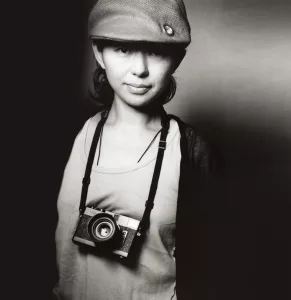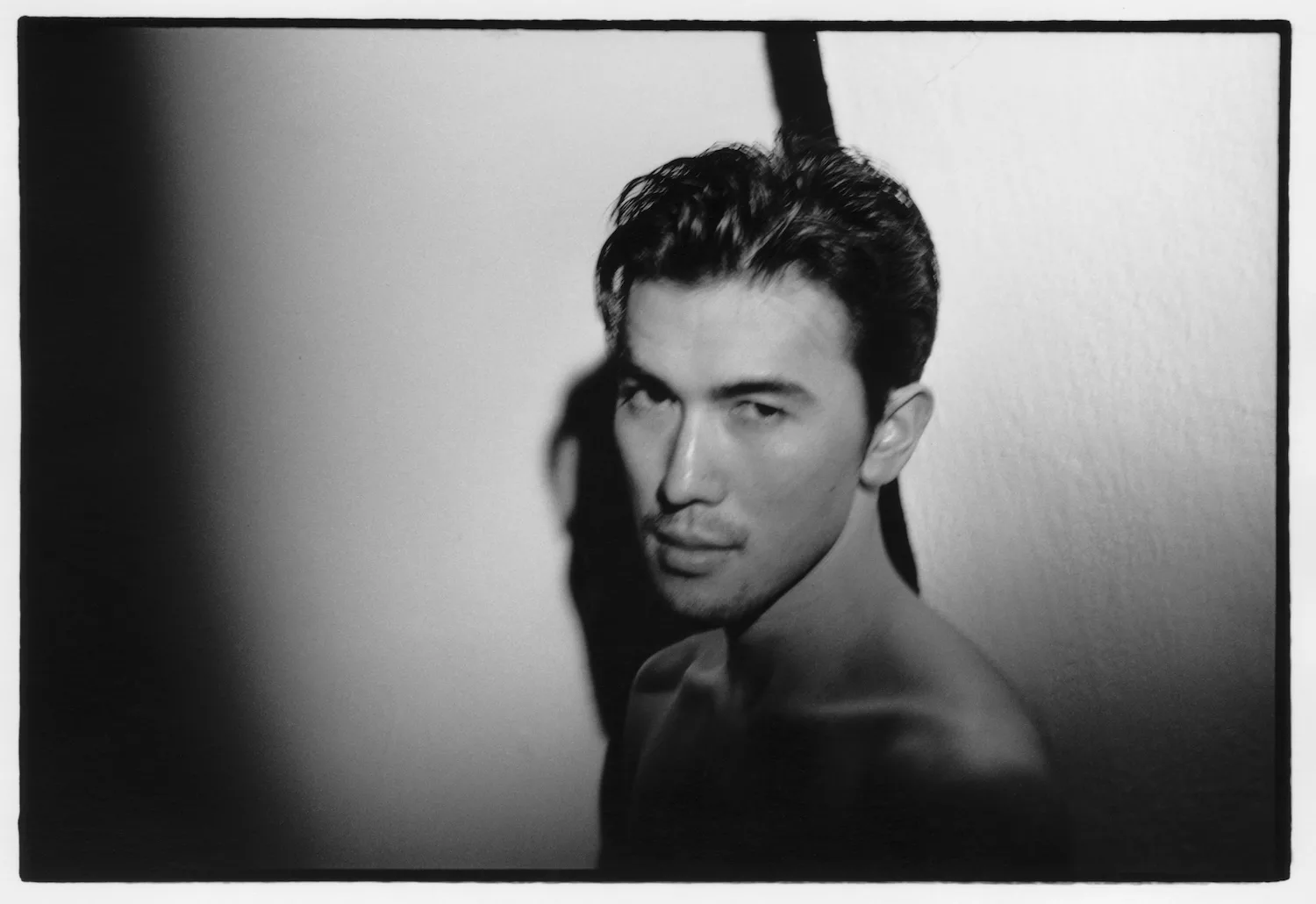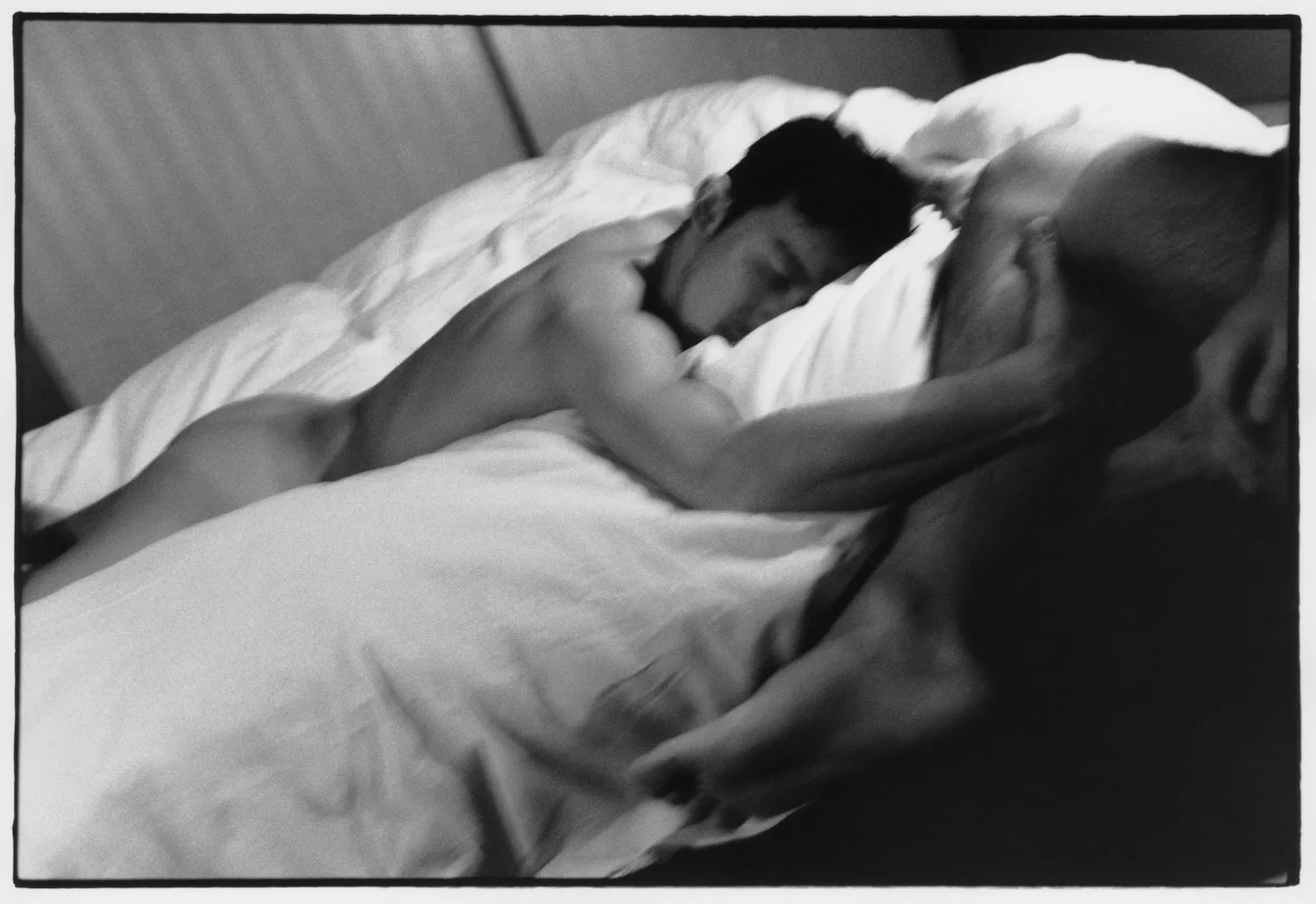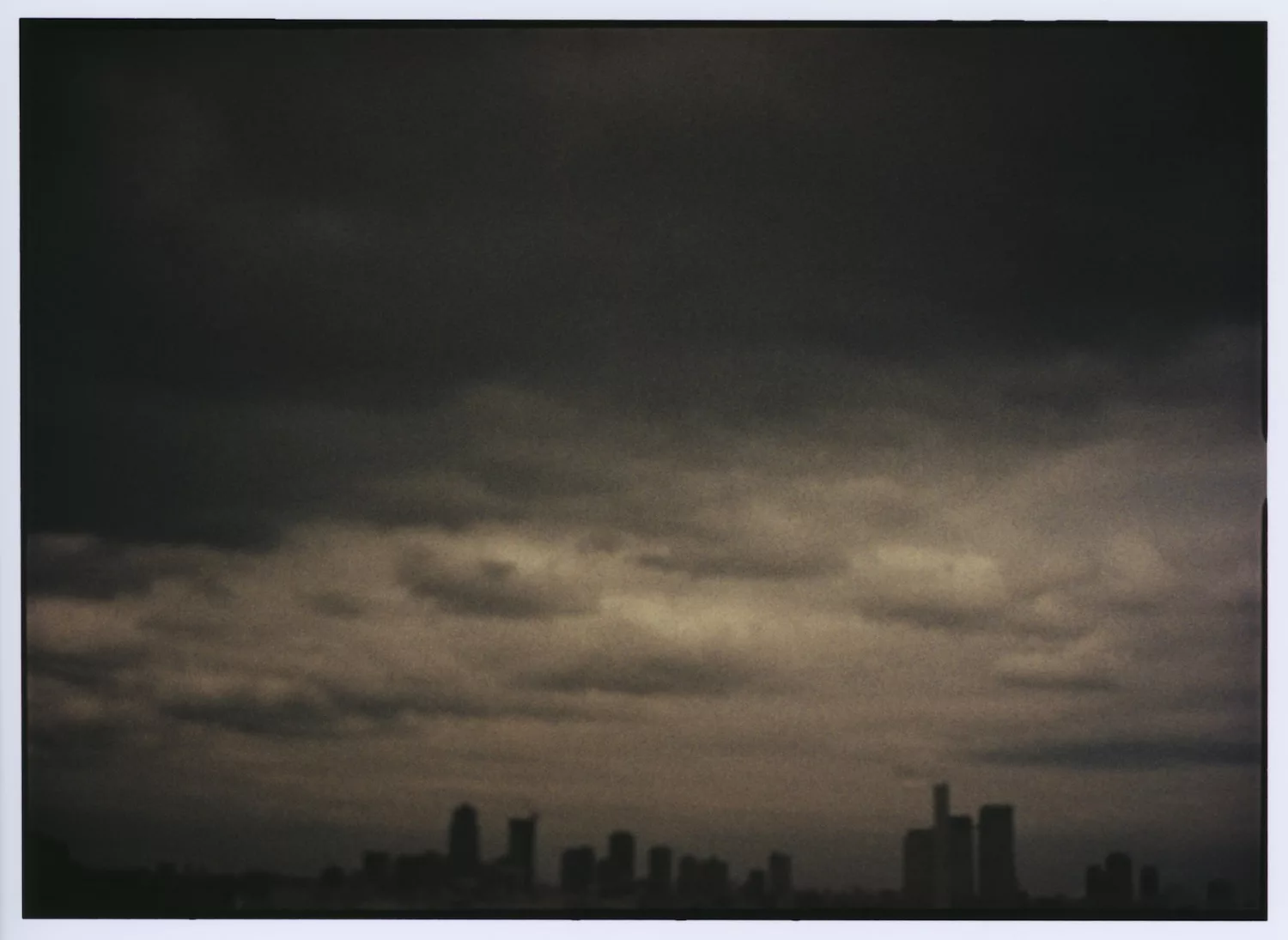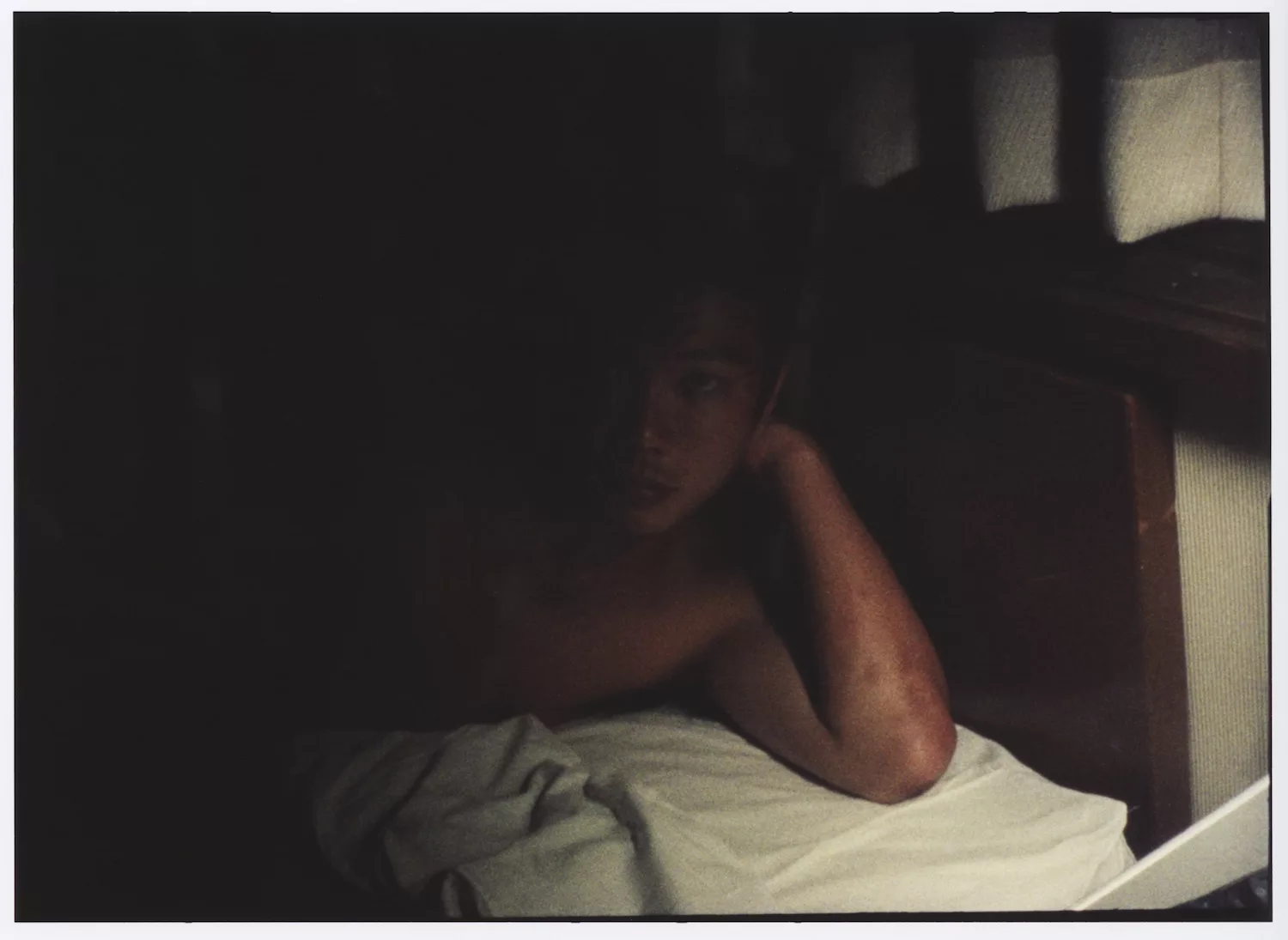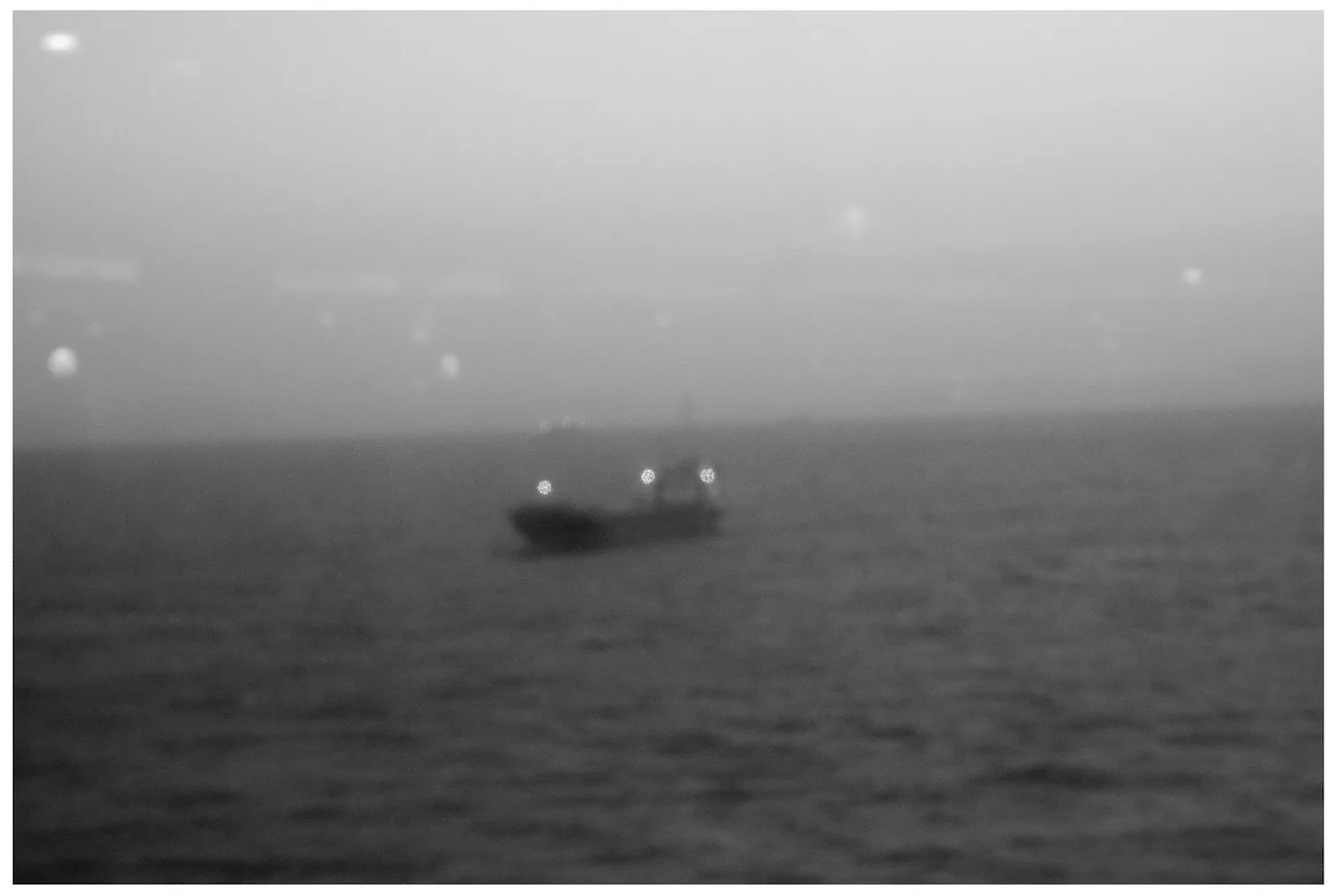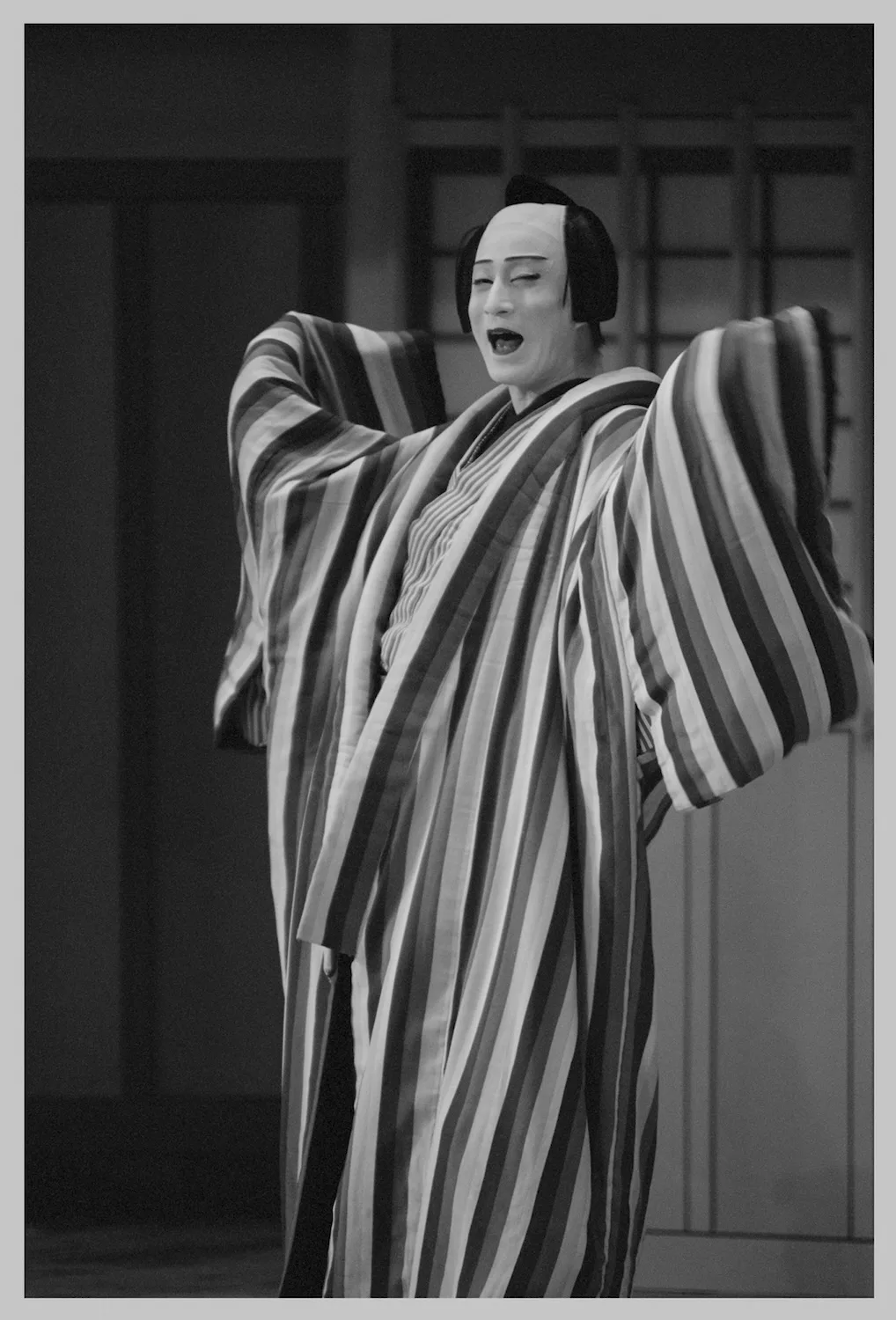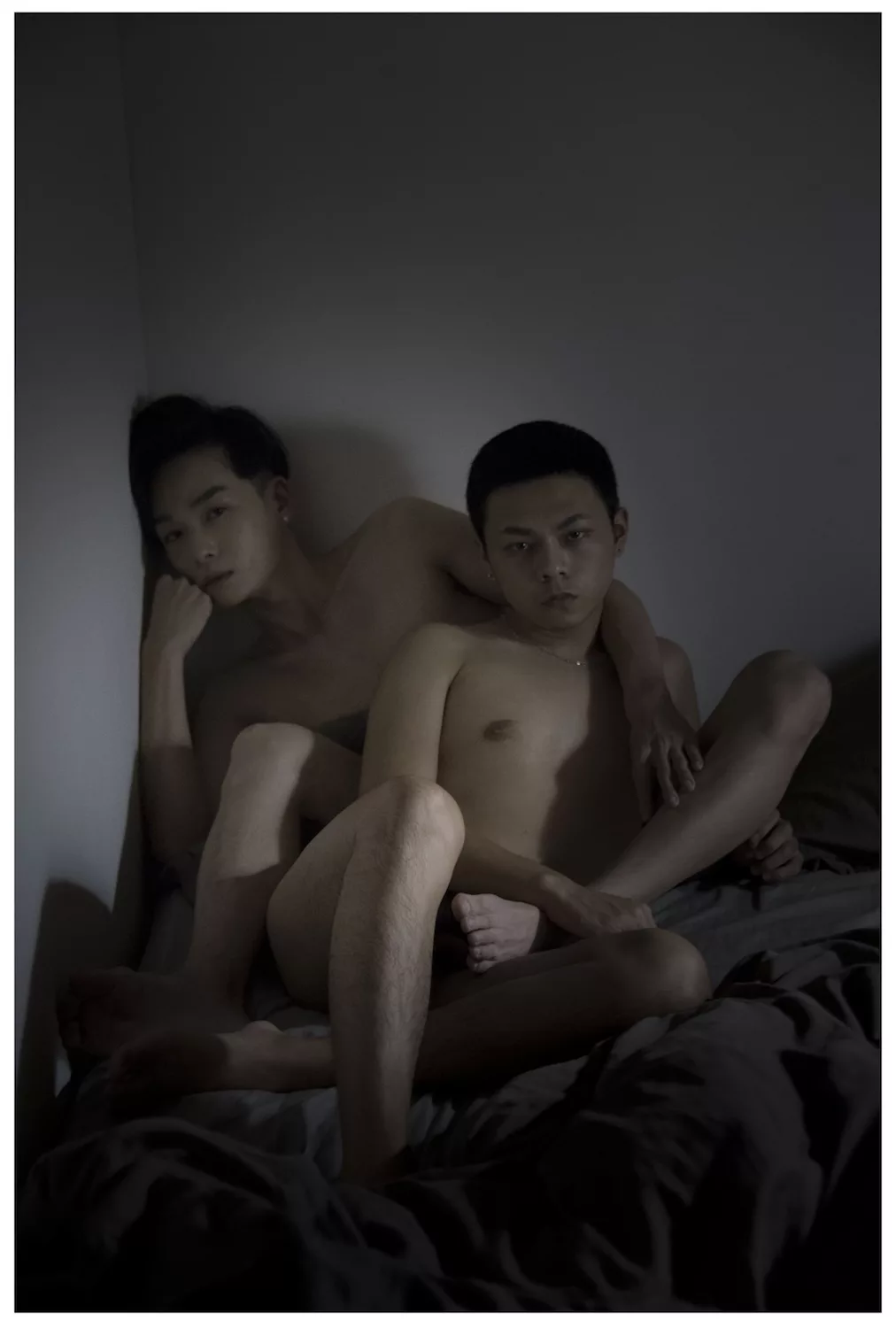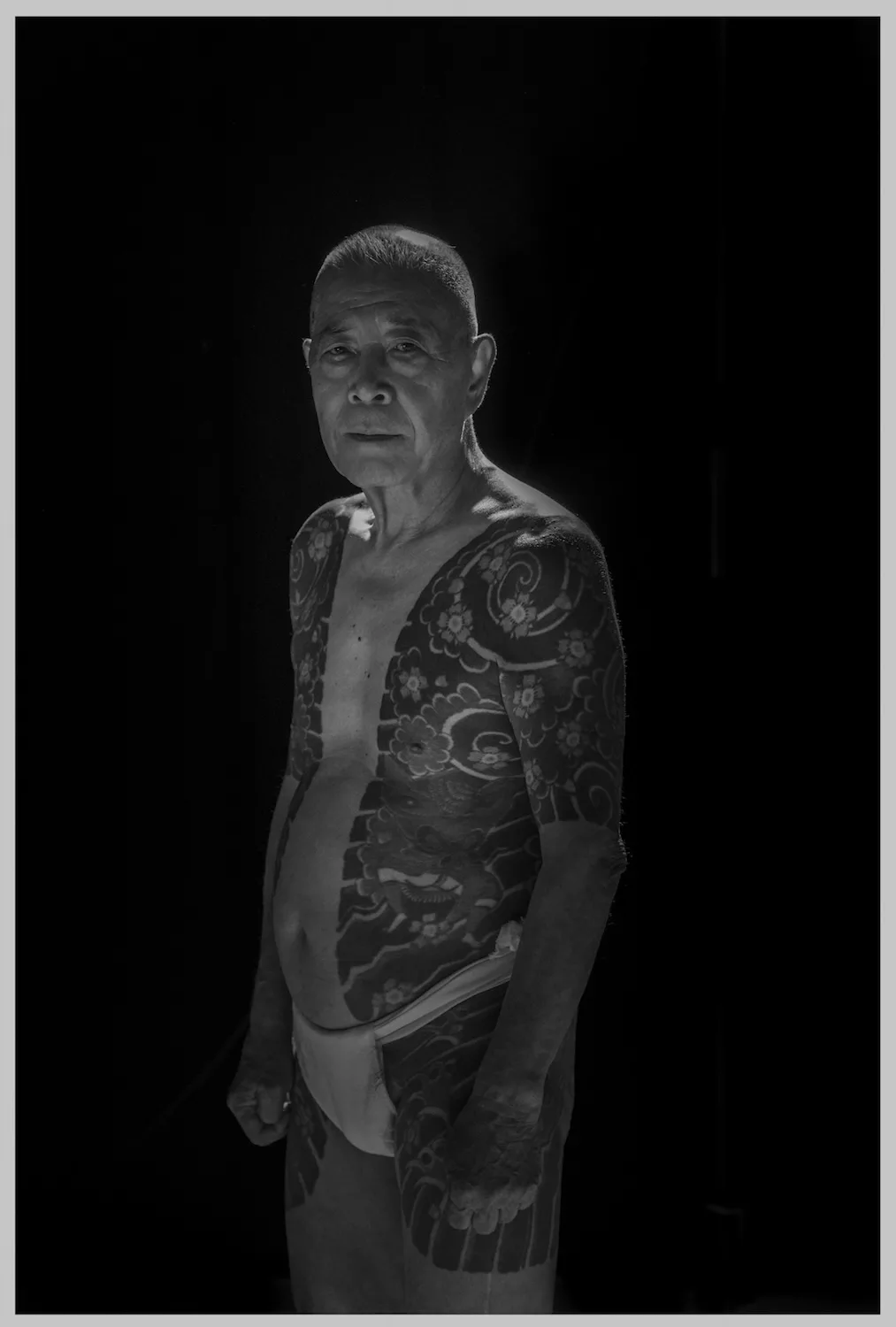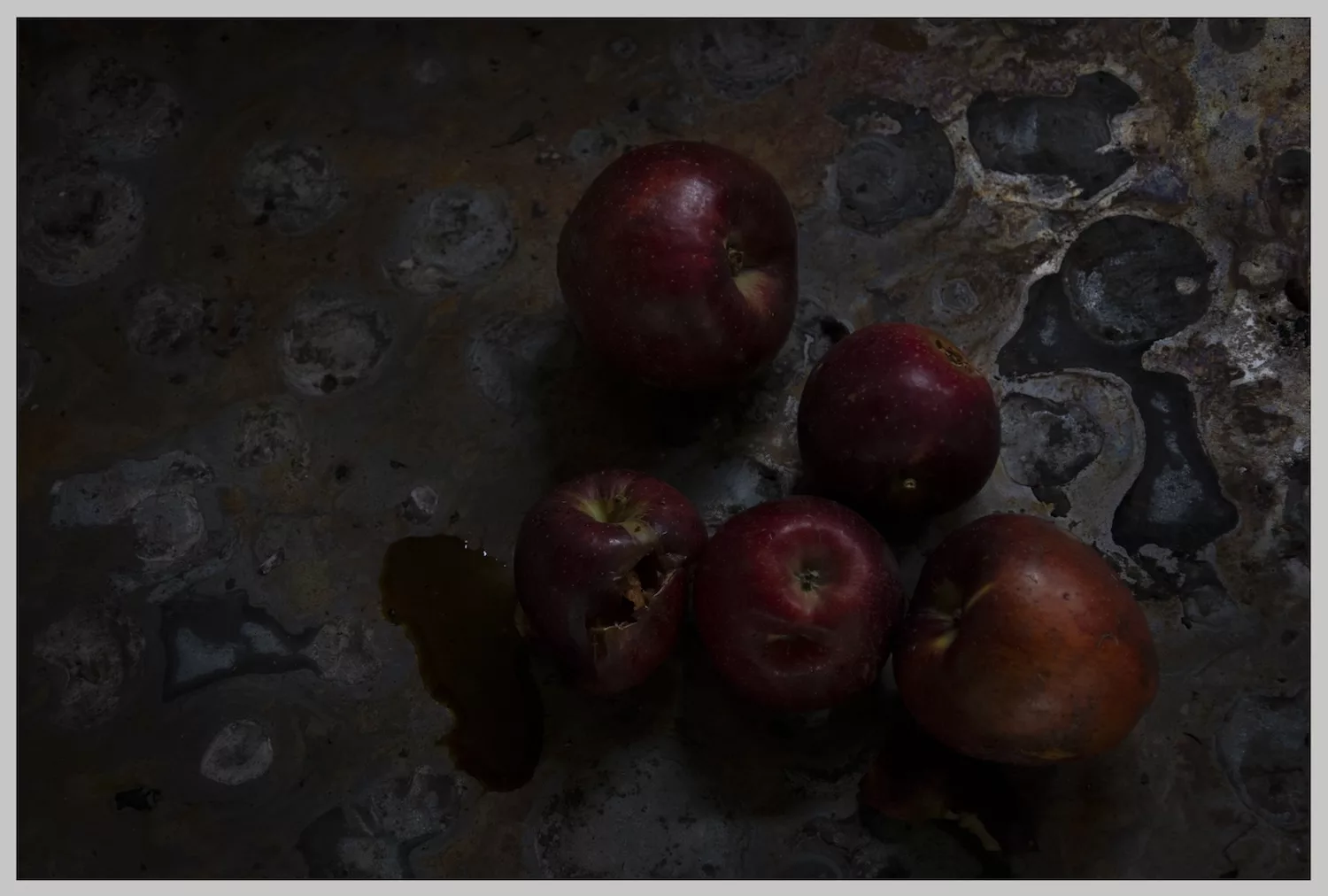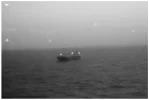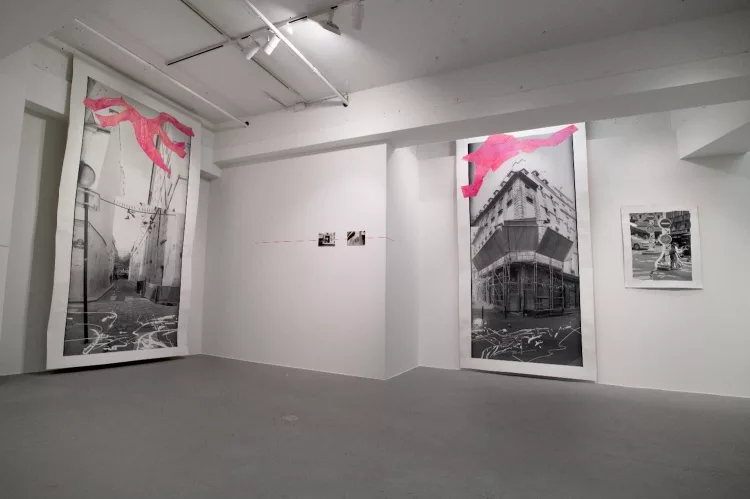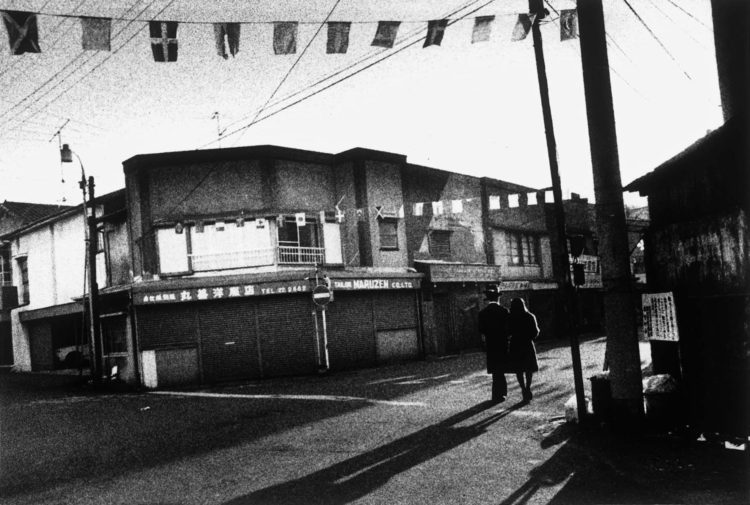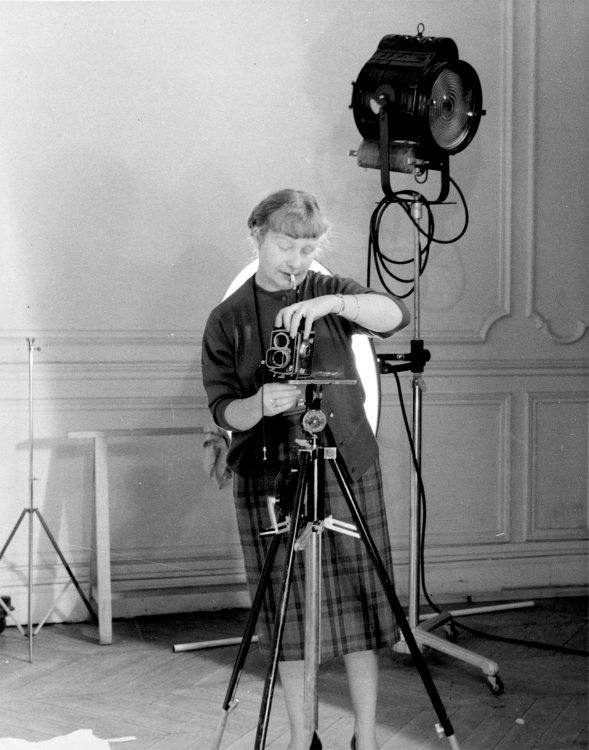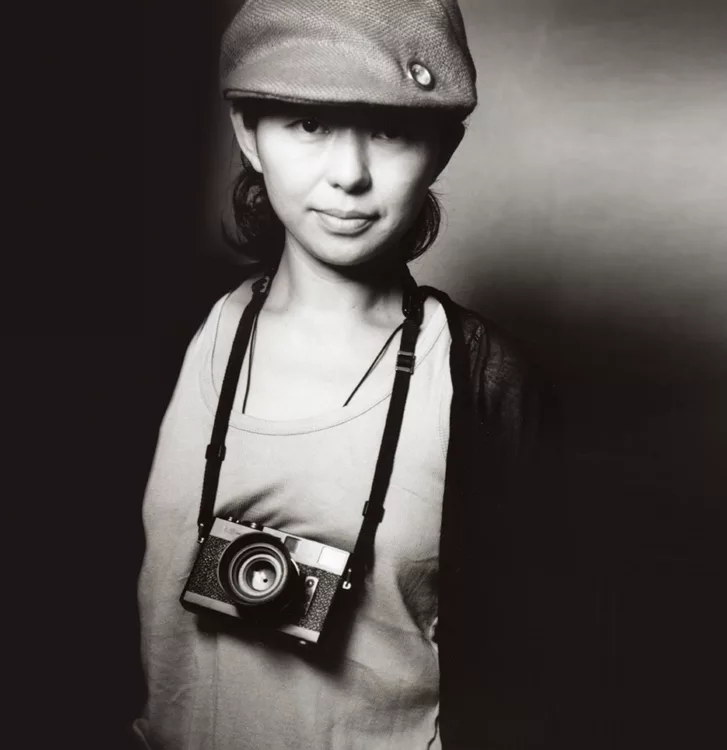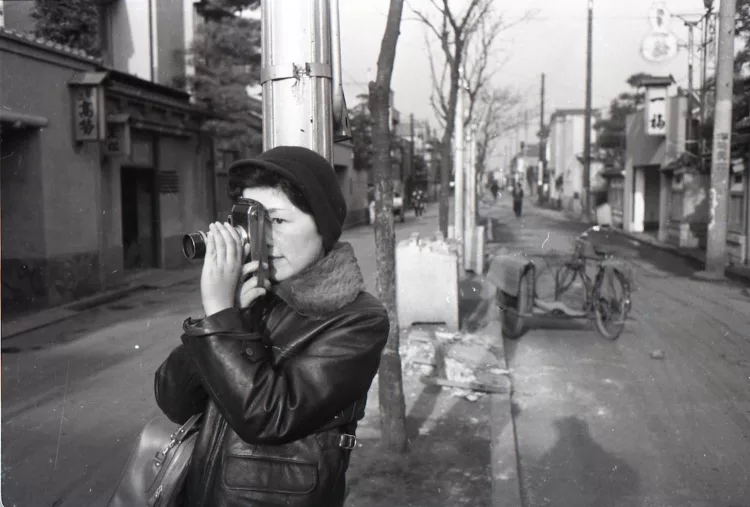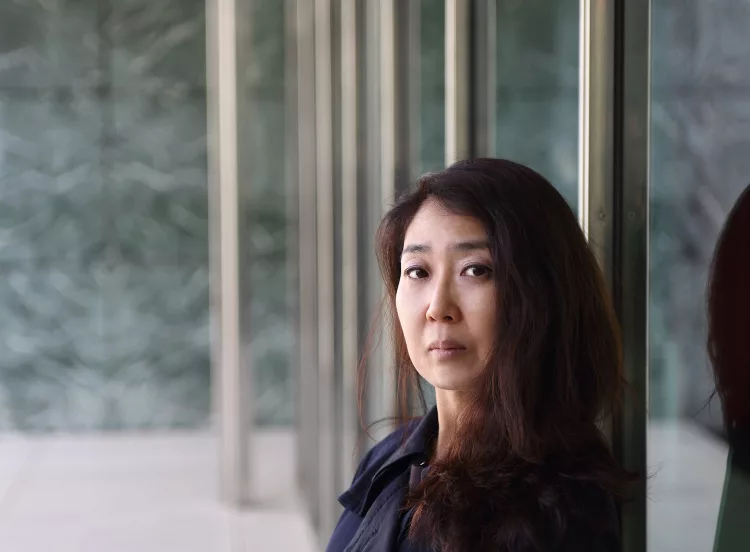Tierna es la noche / Tender is the Night, cat. exh., Madrid, Fundación MAPFRE, 2025
→Umi – 1967 2022 Shimonoseki Tokyo [Blue Water]. Tokyo, Little More, 2022
→Ai ni tsuite [About Love]. Tokyo, Asami Okada Publishing, 2017
Sakiko Nomura. Tierna es la noche / Tender is the Night, Fundación MAPFRE, Madrid, 6 February – 11 March 2025
→Blue Water, Shimonoseki City Art Museum, 11 February – 27 March 2022
→About Love: Aimless Journey, Standing Light, Kyushu Sangyo University, Fukuoka, 9 September – 22 October 2017
Japanese photographer.
Born in Shimonoseki, Yamaguchi Prefecture in 1967, photographer Sakiko Nomura graduated from Kyushu Sangyo University in 1990 with a degree in photography from the Faculty of Art and Design. In the spring of 1991, she began studying under photographer Nobuyoshi Araki (1940–), and in 1994 she published her first photobook, Hadaka no heya [Naked Room] (Art Room, 1994), which defined her personal style. She won the Sagamihara City New Photographer Award in 2013 and the Higashikawa Prize for New Photographer in 2017.
S. Nomura became convinced during her university years that “photography is about filming nudes, about confronting nakedness”, and is highly acclaimed for her nude photography –particularly that of male nudes. In her first book, Hadaka no heya [Naked Room], she went into the homes of her subjects to photograph them one to one. Since that time, she has photographed numerous men in the private spaces of bedrooms and hotel rooms without the involvement of any intermediary.
Interestingly, even muscular men appear dainty and fragile in front of S. Nomura’s camera, and this is not because they stretch themselves out in languorous or vulnerable poses. Instead, it may be due to S. Nomura’s preference for the use of short distance shots. When the distance between camera and subject is overly close, it is impossible to fully and objectively encompass the body. Consequently, only sections of the body – a face in the act of turning, the back of someone lying on their stomach, a leg thrown across a bed sheet – are captured. Thus, rather than the vitality of the body or its function, it is the curve and texture momentarily created by the fragmented body that stands out.
Additionally, we must highlight the richness of the blacks that characterise S. Nomura’s work. In Hadaka no jikan [Naked Time, 1997], she experimented with photography using only the lighting available on site, such as a room lamp. Because such light does not generally reach the entirety of a room, parts of the body appear darkened or even blurred. However, the ambiguity of the image vividly conveys the ephemerality of sharing time with the photographic subject and their space.
Nomura continued to explore the expression of black in Yami no oto [A Ripple in the Silence, 1999] and Kuroyami[Black Darkness, 2008]. In her first colour photobook, Yakan hikō [Night Flight] (Little More, 2008), black fills so much of the picture plane that it seems to swallow all the other colours. This expression of darkness is thoroughly investigated in Another Black Darkness (Akio Nagasawa Publishing, 2016), where the photos use the process of solarisation. If one squints at the seemingly pitch-black surfaces, the contours of something seem to emerge as faint streaks of light. However, whether that something is a human body, a plant of some kind or even a landscape is not easy to discern, inducing the viewer to hold their breath and stare intently at the images. And as the viewer moves back and forth between these multiple images, the line of a waist dissolves into the ridge of a mountain, the faint glitter of light in someone’s eyes into the twinkle of a city nightscape. Indeed, the photobook Ai ni tsuite [About Love] (Asami Okada Publishing, 2017), which features one hundred male nudes, charms viewers not simply because of the portrait photography but because of the unexpected insertion of landscape and still life photography. Fragments of images seemingly fast forgotten – a power line alongside the moon, cherry blossoms blooming in a residential area, light reflecting in a pond – overlap with the images of fragmentary, ambiguous human forms that precede and succeed them, producing a fluidity that permeates the entire photobook. It is the organic mutuality of these coordinated images that is perhaps the greatest appeal of S. Nomura’s work.
Nomura has also photographed numerous actors and dancers, including the kabuki actor Ichikawa Somegorō VII (now Matsumoto Kōshirō X, 1973–). In these photos, she stealthily captures them in unexpected guises, or else addresses their energy head-on. At the same time, she photographed elderly locals in TAMANO (LibroArte, 2014) and the men of Edo Chōyūkai (the Tattooers Association of Edo) in majestic (Bcc Co., Ltd., 2022). She is a photographer who is well-versed in the meaning, attraction and responsibility of confronting people through the camera.
A biography produced as part of the programme “Traces of the Future: Women Photographers from Japan”
© Archives of Women Artists, Research and Exhibitions, 2025


